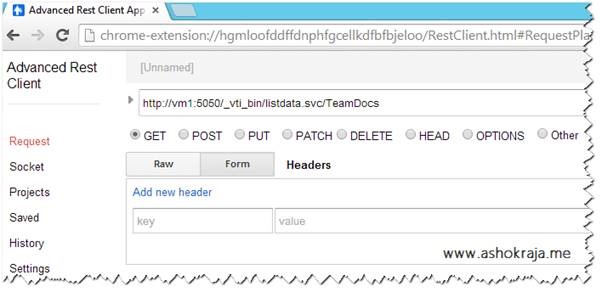

He developed Node.js out of dissatisfaction with the possibilities that JavaScript offered at the time. Ryan Dahl, the developer of Node.js, released the first stable version on May 27, 2009.

This guarantees a very resource-saving architecture, which qualifies Node.js especially for the operation of a web server. Node.js requires the JavaScript runtime environment V8, which was specially developed by Google for the popular Chrome browser.
#JSON COMPARE TOOL OFFLINE SOFTWARE#
Well-known projects that rely on Node.js include the blogging software Ghost, the project management tool Trello and the operating system WebOS. Made for the web and widely in use: Node.js is a software platform for developing server-side network services.The main reason we have chosen Node.js over PHP is related to the following artifacts: JSON Web Token for access token management.TypeORM as object relational mapping layer.Swagger UI for visualizing and interacting with the API’s resources.Lerna as a tool for multi package and multi repository management.Our whole Node.js backend stack consists of the following tools: Postman will be used to interact with and debug our API endpoints.
#JSON COMPARE TOOL OFFLINE CODE#
Also, we will use Visual Studio Code as our primary code editor because it is very light weight and has a wide variety of extensions that will boost productivity. Moreover, Slack will be our primary communication tool. During the later stages of our project, we will use Google Analytics to collect useful data regarding user interactions. Other: Git will be used for version control. Additionally, we will use Bootstrap components and custom CSS to style our app. Redux works great with React and will help us manage a global state in the app and avoid the complications of each component having its own state. We also plan to make a cross platform mobile application later and using React will allow us to reuse a lot of our code with React Native. Furthermore, it is very popular and there is a large community that uses React so it can be helpful if we run into issues. Also React will allow us to reuse components. React uses a virtual DOM which is very efficient in rendering a page. Also, PayPal will be used as a payment gateway to accept payments from users.Ĭlient Side: As mentioned earlier, we will use React to build our SPA. To protect private API endpoints, we will use JSON Web Token and Passport. We will also use the Twilio SendGrid API to enable automated emails sent by our application. Moreover, we will use Cloudinary to store images uploaded by the user. This is to avoid the risks of storing plain text passwords. Bcrypt will be used to encrypt user passwords that will be stored in the DB. Additionally, we will host our MongoDB cluster remotely on MongoDB Atlas. We will use Mongoose along side MongoDB to model our application data. Another strength of MongoDB is its ease in scalability. This allows a lot of flexibility as compared to a RDMS like SQL which requires a very structural model of data that does not change too much. We decided to use MongoDB because it is a non relational database which uses the Document Object Model. Serverside: nodemon will allow us to automatically restart a running instance of our node app when files changes take place. However, Heroku is very limited and we will need the benefits of an Infrastructure as a Service so we will use Amazon EC2 to later deploy our final version of the application. Initially, while working on the project, we plan to deploy our server and client both on Heroku.

Additionally, we plan to use React to build our SPA on the client side and use Redis on the server side as our primary caching solution. We will use ExpressJS alongside Node.js to set up our API endpoints. MongoDB will be used as our primary database. Overview: To put it simply, we plan to use the MERN stack to build our web application.


 0 kommentar(er)
0 kommentar(er)
